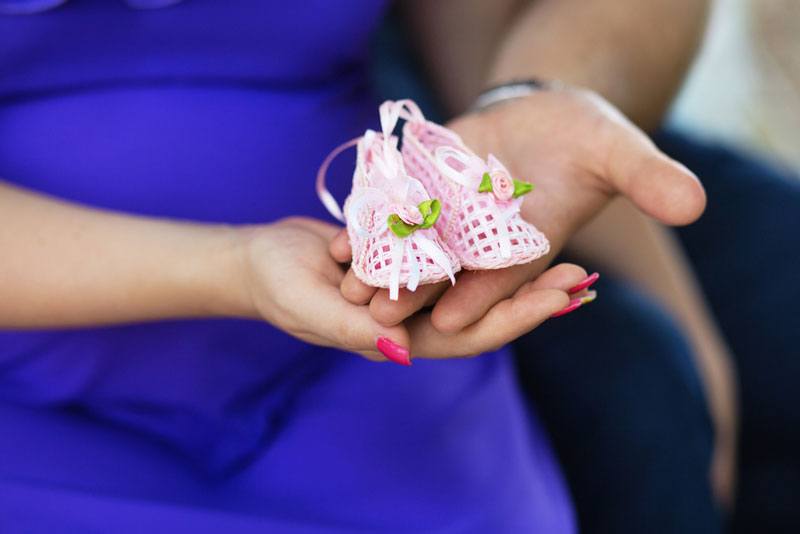
In Vitro Fertilization (IVF) is the most common ART (assisted reproductive technology) procedure and is used to overcome a variety of fertility difficulties. In particular, tubal problems, sperm deficiencies and post vasectomies are the most common reasons people pursue IVF.
In Vitro is the most complex treatment for infertility and is therefore the most expensive, but does offer the highest chance of success per month. Other good news is that most couples are able to conceive without moving to IVF. Many options are available such as ovulation induction and inseminations and should be discussed with your Reproductive Endocrinologist (infertility specialist) to decide on the best course of treatment for your particular situation.
To help understand how IVF works, here are the main steps of In Vitro Fertilization:
Ovarian Stimulation
During a regular menstruation cycle, one egg is produced. When undergoing an IVF cycle, medications are taken to control the ovaries and ovulation. Instead of one egg being made, multiple eggs are produced in that cycle, increasing the chances of producing a healthy embryo. You will have frequent appointments to evaluate hormone levels and to monitor the development and growth of the follicles containing the eggs.
Egg Retrieval
Retrieval is done following an injection that causes the eggs to mature. The eggs are taken out of the follicles using an ultrasound probe with a thin needle attached to it. The process usually takes about an hour with sedation or general anesthesia used.
Fertilization
Fertilization takes place in the laboratory. Your partner’s sperm is collected, prepared and incubated overnight or microscopically injected directly into the egg using a technique called ICSI. The next day the embryologist will check the eggs for fertilization.
Embryo Transfer
Embryo transfers take place on incubation day 3-5. An embryologist will determine the quality of the embryos and grade them according to their quality. Your physician will consult with you on the embryo results and make a plan for transfer day as well as the number of embryos to transfer. The transfer is done using ultrasound visualization while a catheter is placed directly into the ideal location in the uterus and the embryos are placed.
Preparing the Uterus
Progesterone is generally prescribed after the retrieval to prepare the uterus for implantation of the embryo. It is continued after the transfer and continues to support the pregnancy up to 10 weeks. 10 days after the transfer you will return to the office for a blood pregnancy test to determine the results of your IVF cycle.






